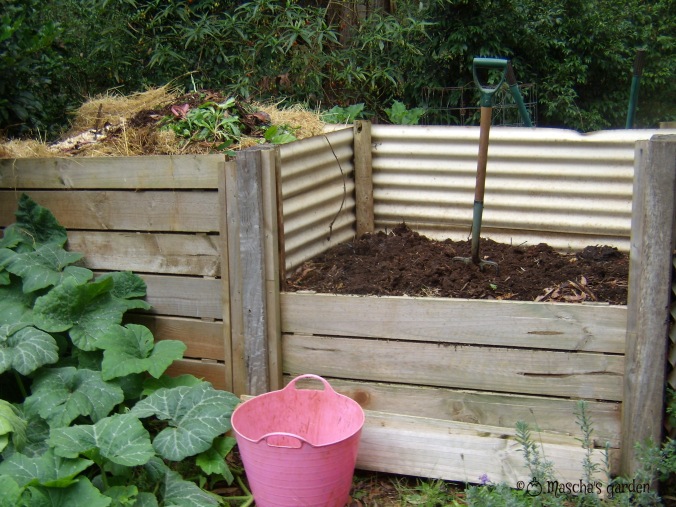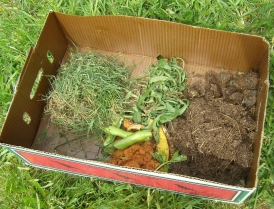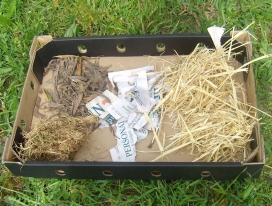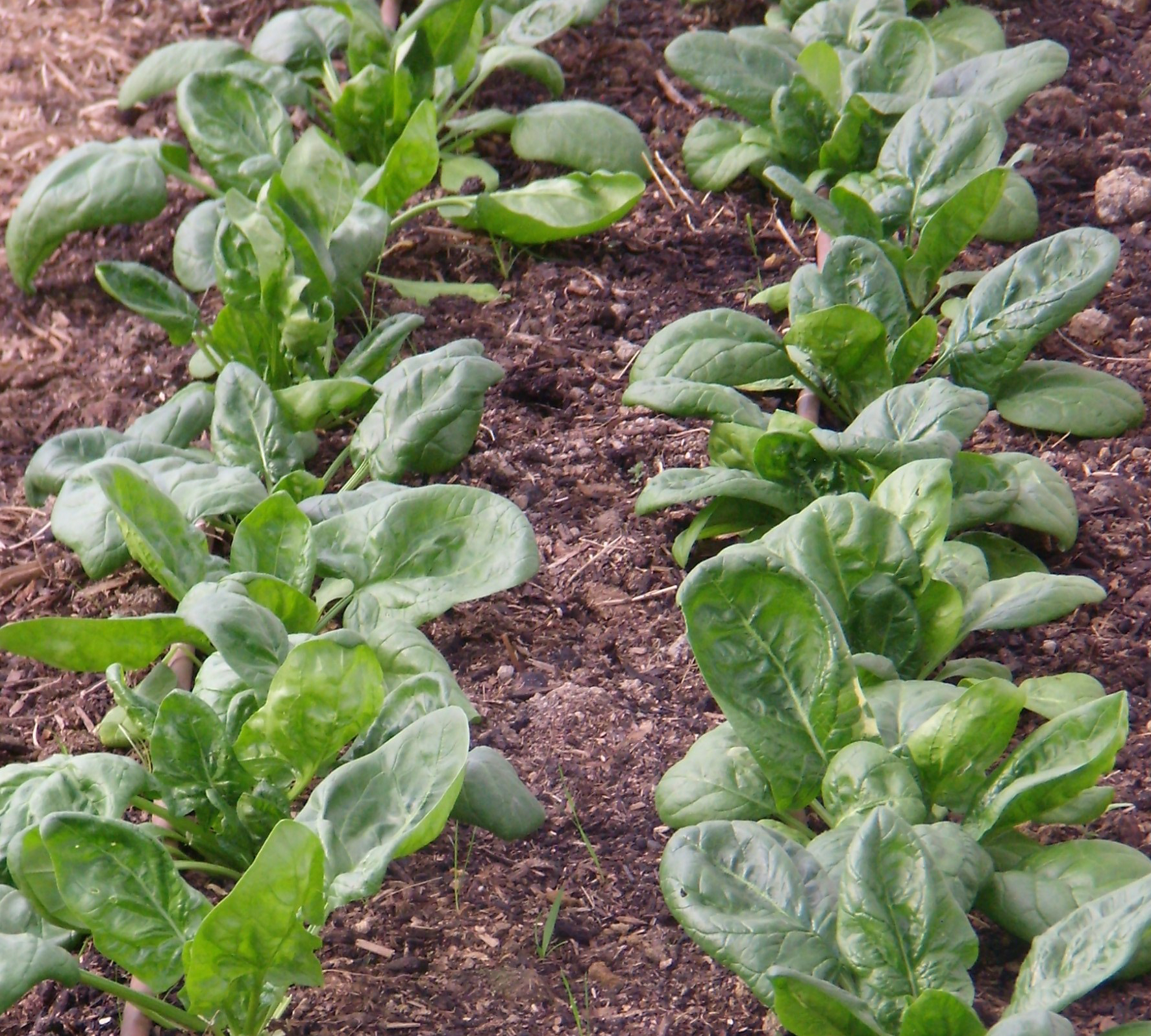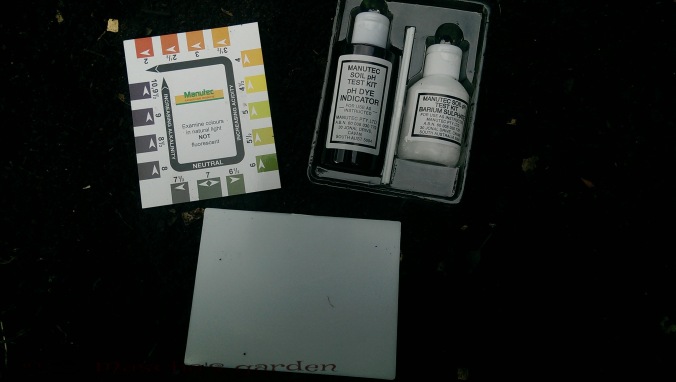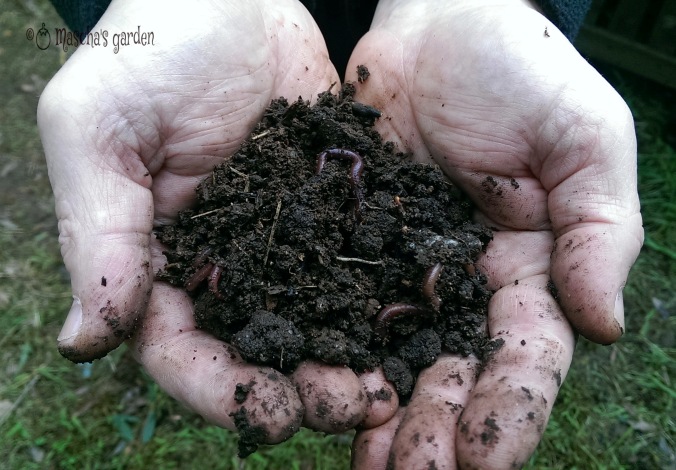
Healthy soil bursting with life
The health benefits of growing your own vegetables are well researched and many people dig up their lawns in favour of a backyard vegetable garden. There is nothing nicer than doing your vegetable shopping in your own backyard and nothing beats the taste of vegetables picked moments before you eat them…but have you ever wondered about the health of the soil you are growing them in?
The soil in your backyard has a long history and you don’t always know how it was used and cared for before you become its custodian. Many soils, particularly those in older urban and industrial areas and those close to main roads, are contaminated with chemical residues from past activities on that land or from pollutants from the surrounding area. Of particular concern to backyard vegetable growers and gardeners are high levels of heavy metals in your soil. The heavy metals and metalloids which pose the greatest risk to human health when found in soil are Arsenic, Cadmium, Chromium, Copper, Manganese, Nickel, Lead and Zinc. These heavy metals when ingested have been linked to cancers, kidney, bone and nerve damage. As gardeners, our exposure to heavy metals comes less from eating the vegetables we grow and more from the accidental ingestion and inhalation of soil and dust while gardening or from soil dust brought into our houses on gardening clothes and shoes.
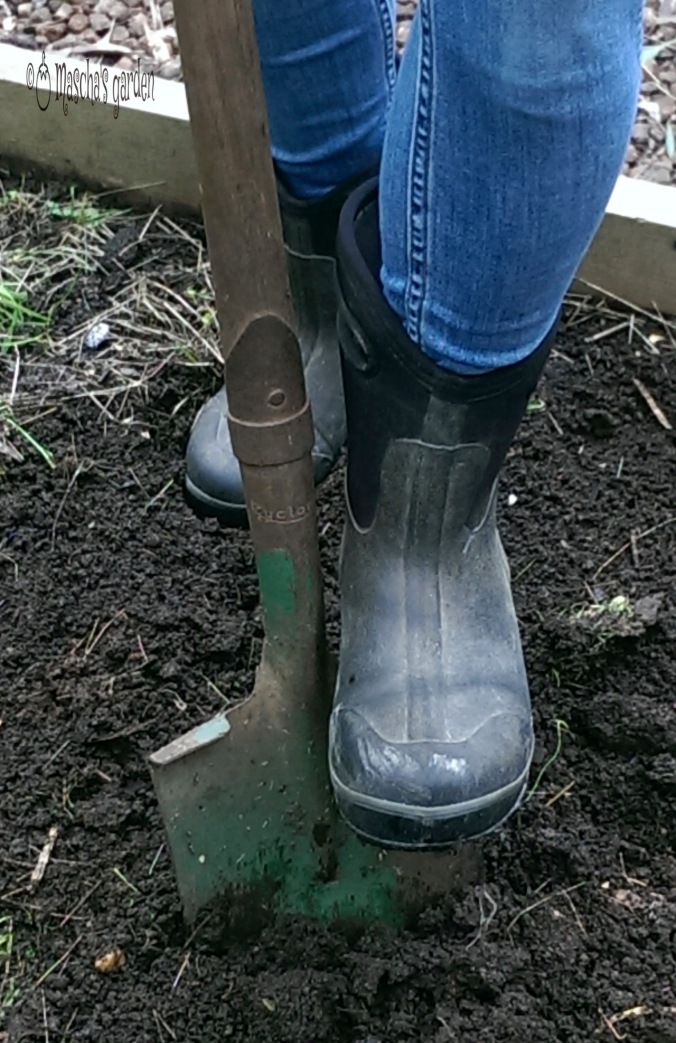
In urban areas, the heavy metal of most concern is lead, which may have accumulated in the soil due to the past use of lead-based paints on old houses, sheds and fences and from the emissions of cars run on leaded petrol before it was phased out. Soil naturally contains small amounts of lead in the range of 15-40 parts of lead to one million parts soil (ppm). In some urban areas however, lead levels in the soil may be as high as 500-10,000 ppm which is way above the level of 300ppm which is considered safe in Australia.
The good news however is that here is no need to stop growing vegetables in your backyard. If you are concerned about the health of your soil, there are two things you can do. The first is to have your soil tested for heavy metals and the second, is not to test it but assume it could be contaminated and take the relevant precautions. Since 2013 Macquarie University has been offering free soil testing for vegetable gardeners in Australia via their VegeSafe program, although they welcome donations to be able to continue to offer this service. For further information on how to get your soil tested for free go to the VegeSafe web link at the end of this article.

Grow your vegetables in raised beds with new soil if you are unsure of your soils health
If you find your soil is contaminated you can still grow vegetables by using a raised garden bed with soil brought in from a clean source. Make your raised beds from white cypress and not from treated pine or recycled railway sleepers which can both leach chemicals into your soil. When growing vegetables, root crops are the most likely to contain high levels of lead as they grow in the soil and soil can get trapped in their skin. Peeling and washing these vegetables before consuming is recommended to reduce lead ingestion. Leafy vegetables may also contain higher levels of lead, but mostly due to soil particles on their leaves, so it is advisable to also wash leafy vegetables thoroughly. Fruiting vegetables have a very low uptake of lead making tomatoes, capsicums, peas and beans the safest to eat if you are unsure of the soil they are grown in.
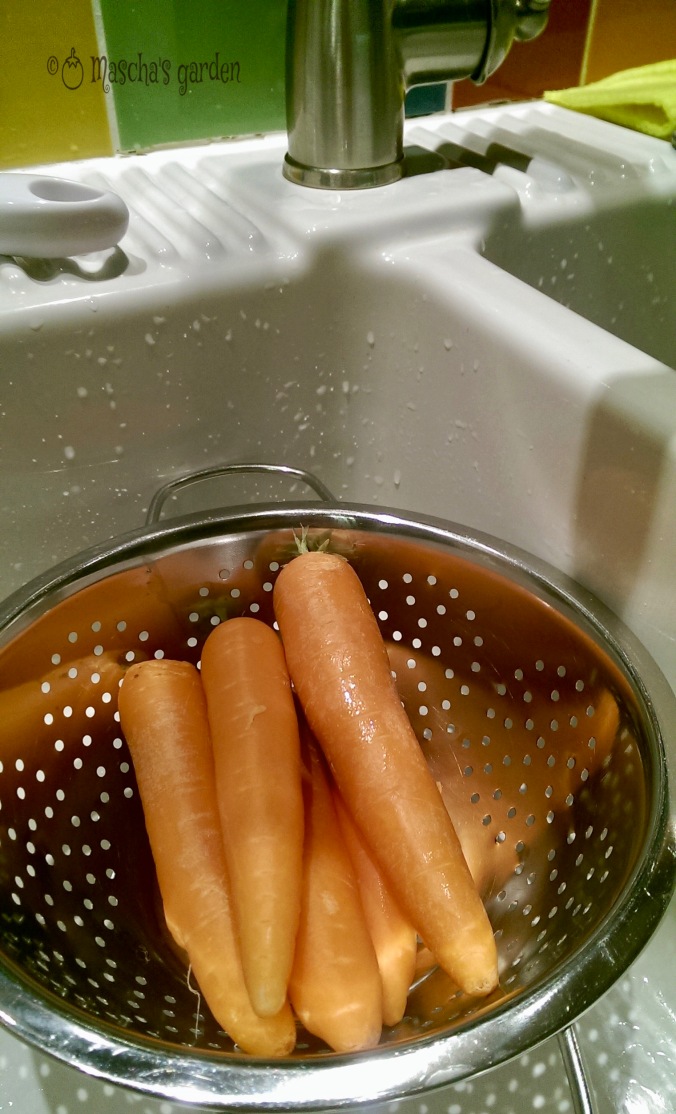
Washing leafy and root vegetables well, can minimise heavy metal ingestion
As mentioned before, most ingestion of lead actually comes from ingesting soil dust particles and not from the eating of home grown vegetables themselves. To reduce soil dust from the garden being brought into your house where it can become airborne and easily breathed in, leave your garden shoes outside and wash your hands and vegetables outside before coming inside. Avoid breathing in dust particles from your soil when the weather it is dry and windy by covering bare soil areas with grass or mulch. Having your vegetable garden soil at a pH of 6.5-7 (which is the optimal pH for vegetables anyway) and adding lots of organic matter such as compost (also great for vegetable growing) means that any lead in your soil will be bound to soil particles in a way that it is less likely to be taken up by your vegetables. So its best to be informed and get to know your garden soil. Growing your own organic vegetables in clean soil and harvesting just before eating, is still hard to beat for quality, taste and nutrition.

For information on getting your soil tested visit VegeSafe Soil Testing:
https://research.science.mq.edu.au/vegesafe/how-to-participate/
References:
https://research.science.mq.edu.au/vegesafe/advice-on-soil/
http://www.lead.org.au/fs/fst6.html
http://www.extension.umn.edu/garden/yard-garden/soils/lead-in-home-garden/
Urban Gardening, Managing the Risks of Contaminated Soil, Environmental Health Perspectives • volume 121 | number 11-12 | November-December 2013

